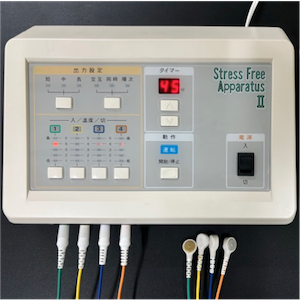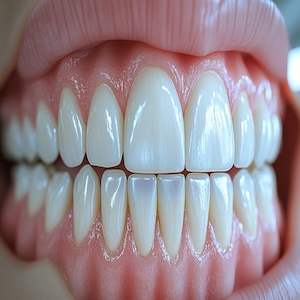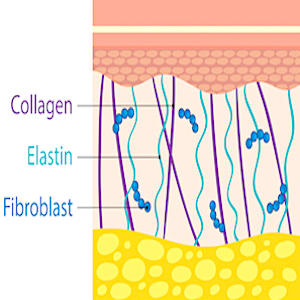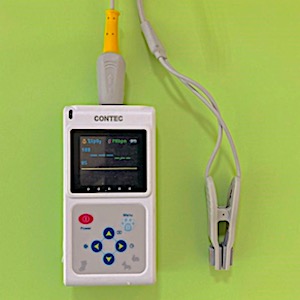Monitoring the effectiveness of nanosecond laser for the treatment of port-wine stain patients using non-invasive imaging systems
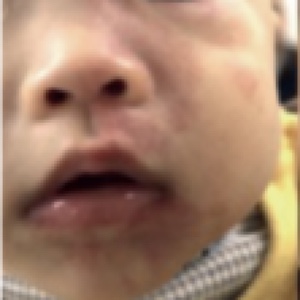
All claims expressed in this article are solely those of the authors and do not necessarily represent those of their affiliated organizations, or those of the publisher, the editors and the reviewers. Any product that may be evaluated in this article or claim that may be made by its manufacturer is not guaranteed or endorsed by the publisher.
Accepted: 23 October 2023
Authors
A variety of lasers have been used to treat port-wine stain (PWS) birthmarks, however, all of them carry the risk of adverse effects. Our objective was to assess the effectiveness and safety of nanosecond (ns) laser treatment for PWS patients using non-invasive images. This study included 20 PWS patients, whose ages ranged from one to sixteen years. A nanosecond laser (λ=595 nm; τp=2 ns), with a spot size of 5 mm, and parameters of 0.2-0.3 J/cm2, 5 Hz, was used in three passes. The infrared thermal imager aided in determining the optimal laser dosage and preventing side effects. The primary efficiency was evaluated using a DermaSpectrometer, and patients were followed up after one week, four weeks, three months, and twelve months. The infrared thermal images of skin surface temperature assessment in the first ten seconds were recorded after the maximal energy density 0.3 J/cm2 treatment. The thermal wave equation and Penne’s bioheat transfer equation ranged from 32.4±0.1 to 33.8±0.2°C, 32.6±0.1 to 34.7±0.3°C (baseline skin surface temperature - 32.4±0.3°C) respectively. Transient hyperpigmentation appeared in 5% (n=1) of the 20 patients, but it resolved spontaneously within three months. There was no evidence of permanent hypopigmentation or scarring. The DermaSpectrometer revealed a 30% reduction in Hb-index three months after a single treatment. The infrared image instrument is helpful in determining the optimum laser dosage. For the treatment of PWS patients, a nanosecond pulsed laser at 595nm was effective and safe.
How to Cite

This work is licensed under a Creative Commons Attribution-NonCommercial 4.0 International License.







